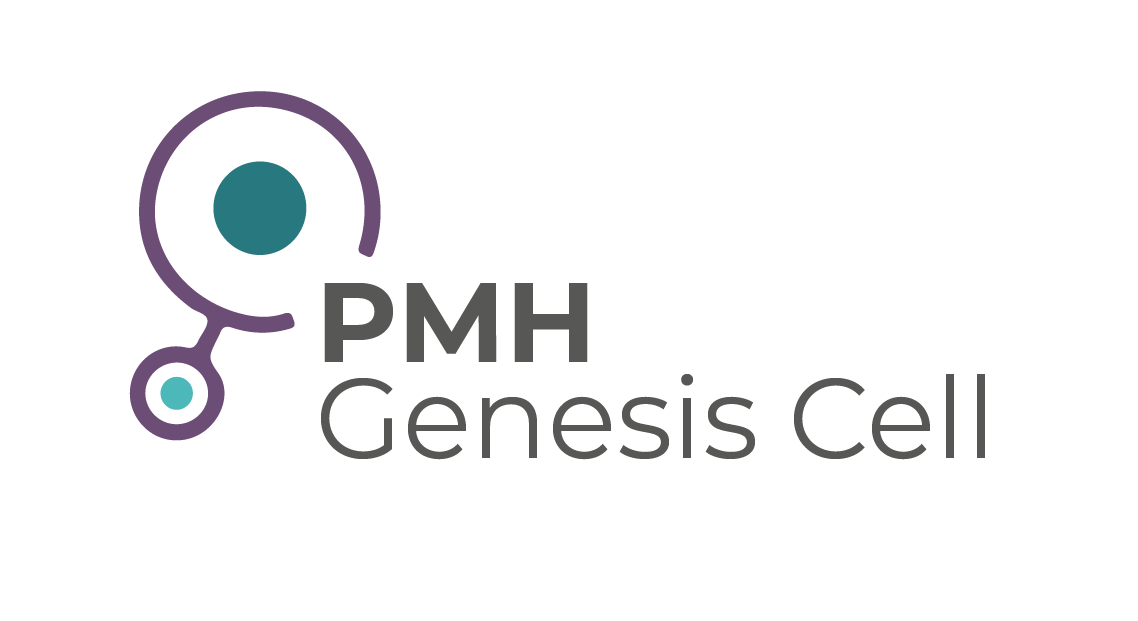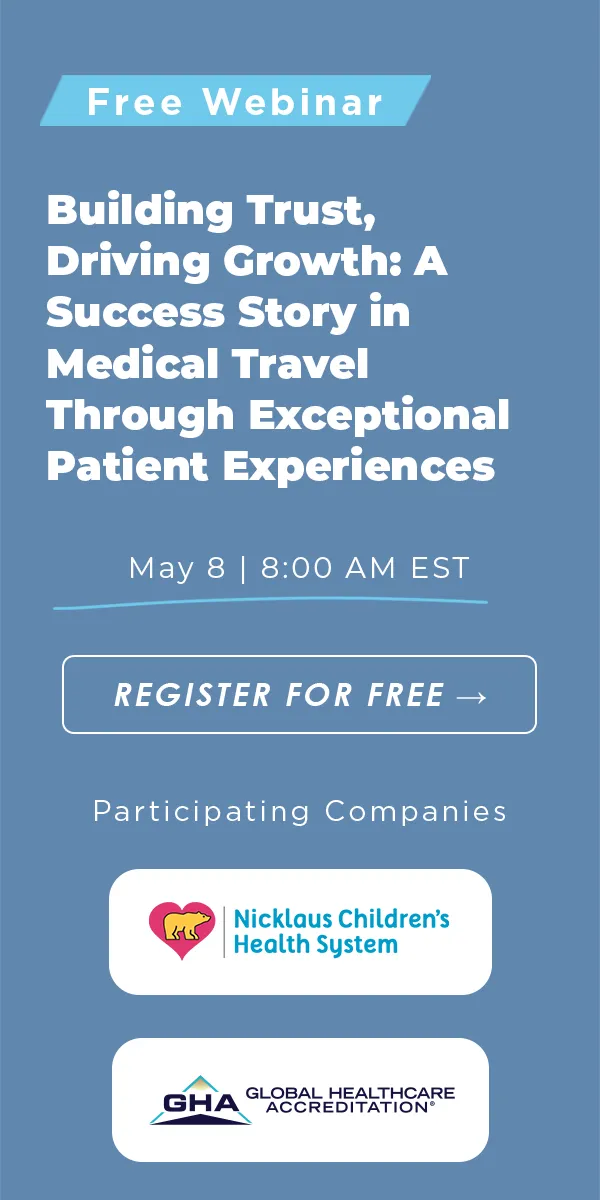Valve Replacement/Repair
Steps Involved in IVF:
Procedure Description:
Heart valve replacement or repair is a surgical procedure aimed at treating damaged or dysfunctional heart valves. The heart contains four valves - the aortic, mitral, tricuspid, and pulmonary valves - which regulate the flow of blood through the heart's chambers. When these valves don't function correctly due to issues such as stenosis (narrowing), regurgitation (leakage), or atresia (absence), it can seriously compromise heart function and overall health.
These conditions may result in symptoms like shortness of breath, irregular heartbeat, and extreme fatigue, ultimately affecting a person's quality of life and posing risks of more severe complications like heart failure or sudden death. The surgical procedure to repair or replace the affected valve may be either open-heart surgery or a minimally invasive procedure, depending on the patient’s condition and the expertise of the medical team.
The necessity for valve replacement or repair usually arises from a range of heart valve diseases or conditions. These might include degenerative diseases, congenital heart defects, or complications arising from other medical conditions. In some instances, individuals might not exhibit overt symptoms but are identified through medical tests as candidates for preventative surgery to mitigate the risks of potential life-threatening complications.
Procedure Duration:
The duration of the valve replacement or repair procedure varies considerably depending on the complexity of the case and the technique used. An open-heart procedure generally takes between 3 to 6 hours, whereas a minimally invasive surgery may take around 2 to 4 hours. Pre-operative preparations and post-operative recovery time must also be factored in for a comprehensive understanding of the time commitment involved.
Recovery time is another crucial consideration for potential medical tourists. Immediately after surgery, a patient may need to stay in the Intensive Care Unit (ICU) for 24 to 48 hours for close monitoring. A more extended hospital stay of about one to two weeks might be necessary depending on the patient's overall condition. Once discharged, a period of 4 to 8 weeks of restricted activities and outpatient follow-ups are generally advised for complete recovery.
For medical tourists, considering the duration of travel restrictions and local stay before and after the procedure is imperative. The entire process, from pre-operative assessments to complete recovery, could necessitate an overseas stay of several weeks.
Benefits:
- Cost Savings: Often, the cost of valve replacement or repair is substantially lower in medical tourism destinations compared to Western countries.
- Expertise: Some countries have become centers of excellence for cardiac care, with highly trained professionals.
- Cutting-Edge Technology: Many hospitals abroad offer state-of-the-art facilities and innovative surgical techniques.
Potential Destinations:
- India: Known for excellent cardiac care at a fraction of the cost.
- Thailand: Offers advanced healthcare facilities and a strong focus on patient experience.
- Germany: Renowned for precision and high-quality healthcare.
Risks & Considerations:
- Quality of Care: Verify the hospital's accreditations and the surgeon’s credentials.
- Language Barrier: Make sure you have a reliable way to communicate with your healthcare providers.
- Travel Logistics: Consider the stress and costs of traveling, visa issues, and local stay.
How to Choose the Right Doctor and Hospital:
- Check Credentials: Verify the educational background, experience, and specialty of the surgeon.
- Hospital Accreditation: Look for internationally recognized accreditation for quality healthcare.
- Patient Reviews: Patient testimonials can provide a real-world check on what to expect.
To receive a free quote for this procedure please click on the link: https://www.medicaltourism.com/get-a-quote
Patients are advised to seek hospitals that are accredited by Global Healthcare and only work with medical tourism facilitators who are certified by Global Healthcare Accreditation or who have undergone certification from the Certified Medical Travel Professionals (CMTP). This ensures that the highest standards in the industry are met. GHA accredits the top hospitals in the world. These are the best hospitals in the world for quality and providing the best patient experience. Click the link to check out hospitals accredited by the Global Healthcare Accreditation: https://www.globalhealthcareaccreditation.com
Frequently Asked Questions
What actually happens during hyperstimulation of the ovaries?
The patient will take injectable FSH (follicle stimulating hormone) for eight to eleven days, depending on how long the follicles take to mature. This hormone is produced naturally in a woman’s body causing one egg to develop per cycle. Taking the injectable FSH causes several follicles to develop at once, at approximately the same rate. The development is monitored with vaginal ultrasounds and following the patient’s levels of estradiol and progesterone. FSH brand names include Repronex, Follistim, Menopur, Gonal-F and Bravelle. The patient injects herself daily.
What happens during egg retrieval?
When the follicles have developed enough to be harvested, the patient attends an appointment where she is anesthetized and prepared for the procedure. Next, the doctor uses an ultrasound probe to guide a needle through the vaginal wall and into the follicle of the ovary. The thin needle draws the follicle fluid, which is then examined by an embryologist to find the eggs. The whole process takes about 20 minutes.
What happens to the eggs?
In the next step, the harvested eggs are then fertilized. If the sperm from the potential father, or in some cases, anonymous donor, has normal functionality, the eggs and sperm are placed together in a dish with a nutrient fluid, then incubated overnight to fertilize normally. If the sperm functionality is suboptimal, an embryologist uses Intracytoplasmic Sperm Injection to inject a single sperm into a single egg with an extremely precise glass needle. Once fertilization is complete, the embryos are assessed and prepared to be transferred to the patient’s uterus.
How are the embryos transferred back to the uterus?
The doctor and the patient will discuss the number of embryos to be transferred. The number of successfully fertilized eggs usually determines the number of eggs to be placed in the uterus. Embryos are transferred to the uterus with transabdominal ultrasound guidance. This process does not require anesthesia, but it can cause minor cervical or uterine discomfort. Following transfer, the patient is advised to take at least one days bed rest and two or three additional days of rest, then 10 to 12 days later, two pregnancy tests are scheduled to confirm success. Once two positive tests are completed, an obstetrical ultrasound is ordered to show the sac, fetal pole, yolk sac and fetal heart rate.
Embryoscope©
Built into this technology there is a microscope with a powerful camera that allows the uninterrupted monitoring of the embryo during its first hours of life. In this way, we can keep a close eye on the embryo, from the moment when the oocyte is inseminated and begins to divide into smaller and smaller cells, until it can be transferred to the uterus.
Orthopedics Stem Cell
Knee
Research on mesenchymal stem cells regenerative properties in knee osteoarthritis. In these studies, researchers suggest that Stem Cell Therapy has the potential to regenerate lost cartilage, stop and reverse cartilage degeneration, provide pain relief, and improve patient mobility.
Shoulder
Stem Cell Therapy as an Alternative to Rotator Cuff & Shoulder Replacement Surgery. Stem cell therapy may offer an excellent alternative for patients looking to avoid shoulder joint replacement surgery, as well as many other surgical treatments for shoulder pain.
Ankle
If you suffer from chronic or acute ankle pain or instability due to arthritis, cartilage loss, ligament strain or tear, or tendon damage, then you may benefit from non-surgical stem cell treatments or stem cell-enhanced surgery.
Back Pain
Patients now have a minimally invasive option. Stem cell therapy for back pain and disc herniations can potentially repair the damaged disc or facet joint, restore function, rehydrate the disc, and ultimately alleviate chronic pain.
Anti-Aging Stem Cell
Hair Loss
Stem cell therapy and PRP therapy have been shown to be most effective for: Those in the early stages of hair loss, patients who are not viable candidates for surgery and women who prefer to avoid hair surgery.
Facial Anti-Aging
Aesthetic Anti-Aging. The Aesthetic Stem Cell Localized Treatment is a non-surgical minimally invasive procedure to enhance the appearance of aging skin and hair restoration. This all-natural technique combines dermal injections of bone marrow or adipose tissue derived stem cells and growth factors.
Fertility Stem Cell
Endometrial PRP
The stem cells used for treatment of a thin endometrium include mesenchymal stem cells. In addition, successful repair of the endometrium in pregnancy with stem cells has been reported previously.
Low Ovarian Reserve (PRP)
The treatment uses PRP (Platelet-Rich-Plasma), which with stem cell therapy is the novel therapeutic approach for restoring the quality of the ovarian reserve.Your PRP will contain a physiologic balance of platelets, growth factors and white blood cells tailored specifically for you.

Punta Mita Hospital
Mexico


Punta Mita Hospital - Genesis Cell
Mexico















